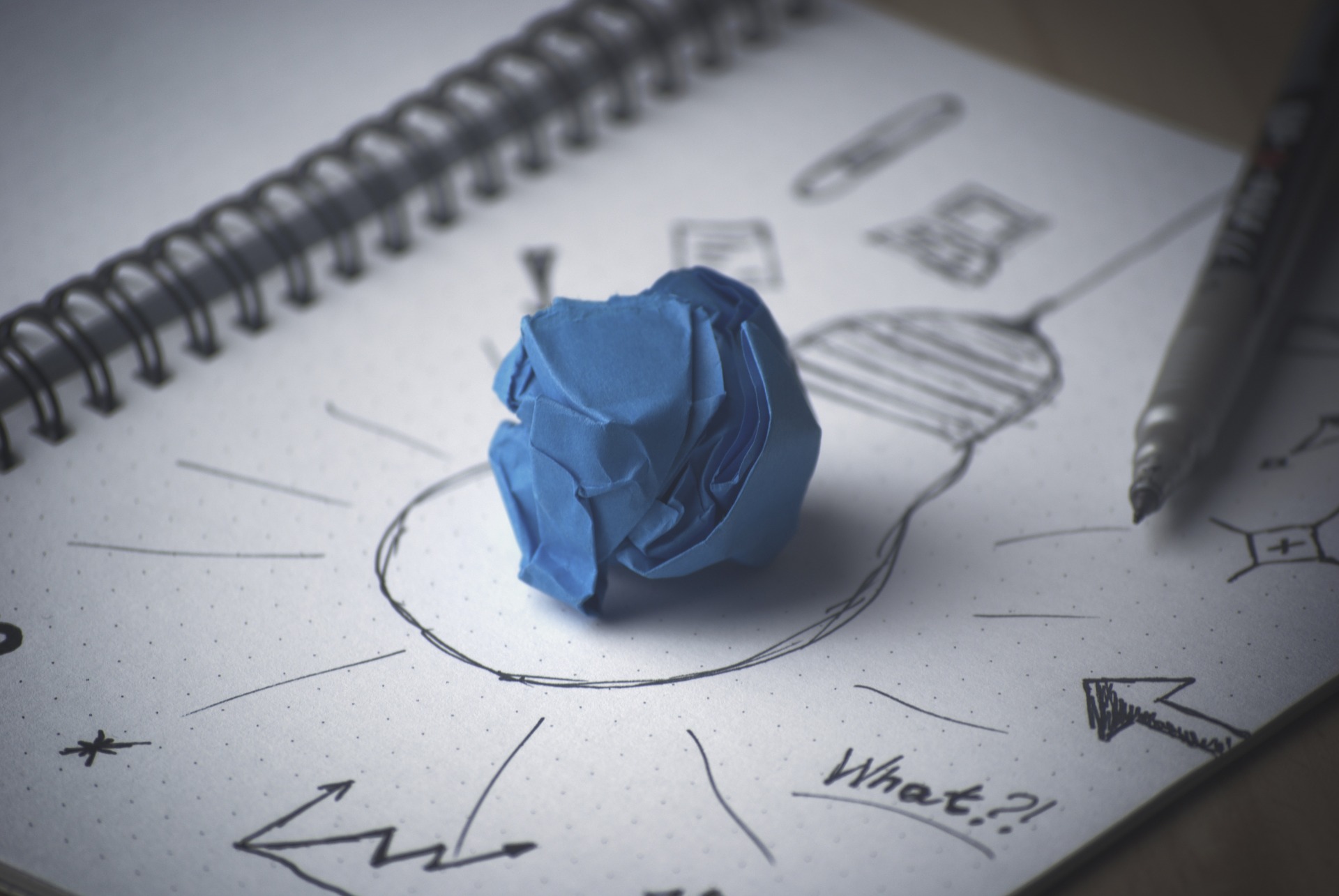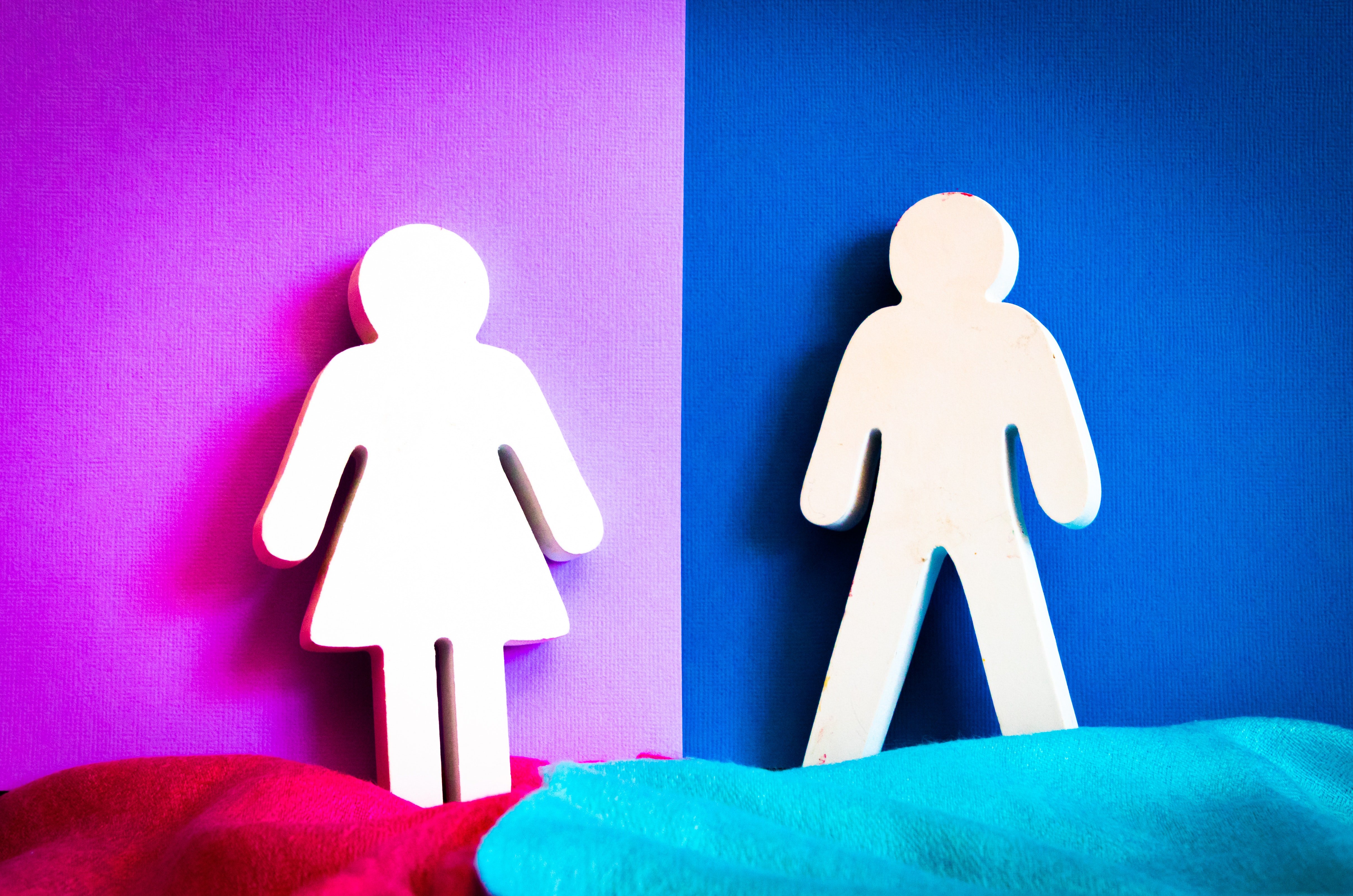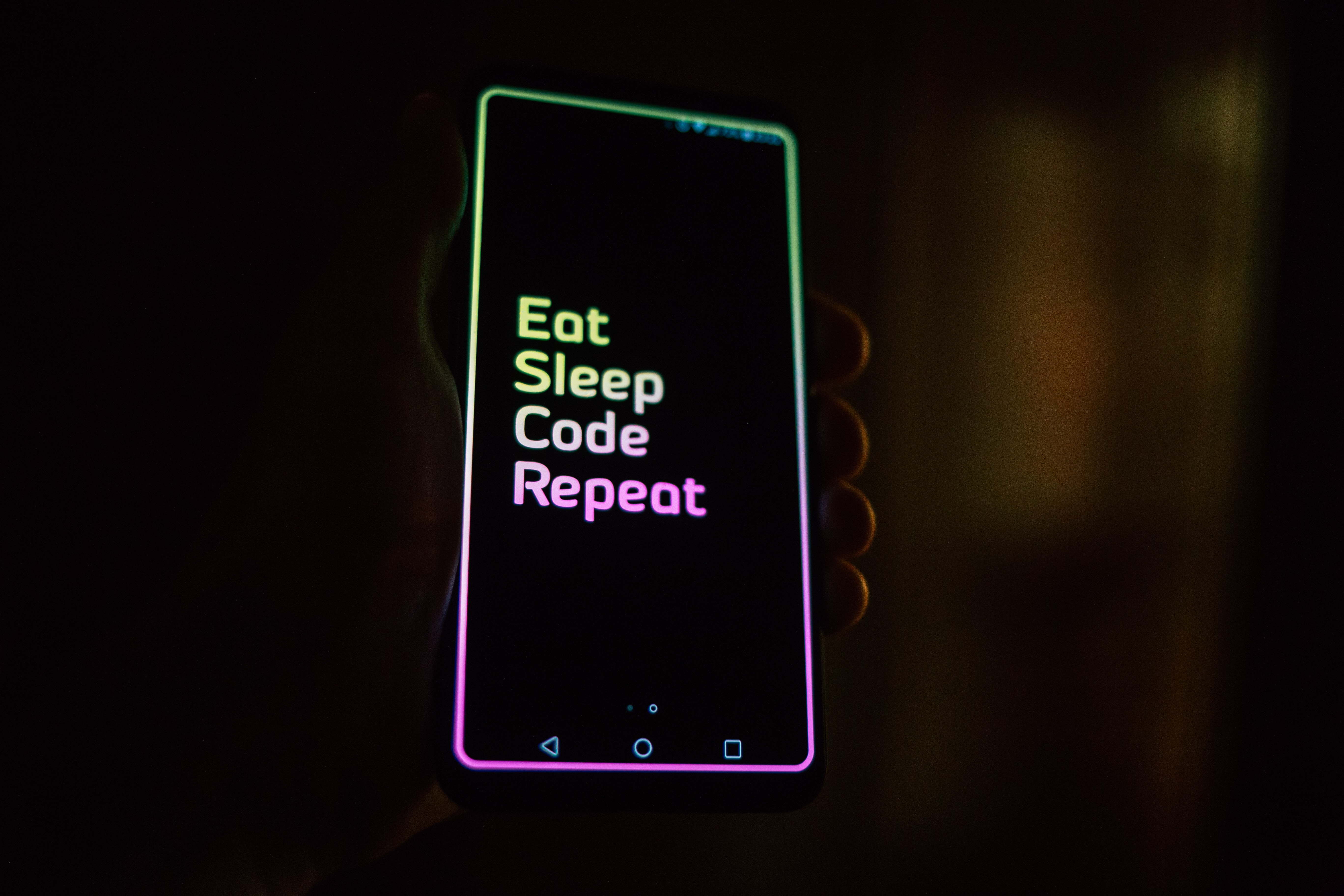

Traditionally, designers have relied on a method referred to as “design thinking” when they are engaging in the creative process. Design thinking is a methodology that is often used by designers in order to solve problems and find solutions in an effective manner. Design thinking incorporates logic, strategy and systemic reasoning into the design process in order to achieve the best possible design solution for the problem at hand. It involves an organized process that helps the designer reach an end result: designers begin by empathizing with the user, defining the problem, ideating solutions, creating a prototype, testing, and finally implementation. Design thinking methodology is used to create experiences that ultimately will benefit the end user, whether that be creating a streamlined experience or allowing them to complete tasks with minimal fuss.
While design thinking has a lot of positives, such as being able to find the most effective and rational solution to solve a problem with. Interestingly enough, the negatives associated with design thinking are similar to its positives; it is too rational and effective of a process. Design thinking, through prototyping and iterations, has created an essentially generic form for designers to follow in order to create an effective experience. Essentially, design thinking and its emphasis on adhering to reason have resulted in a templatized world where innovations are beginning to more or less all look the same. Design thinking focuses on identifying the problem to create the best possible solution, but what happens when all those solutions begin to blend together?
This is where design feeling comes into play. Unlike design thinking, design feeling emphasizes designing based on emotion and intuition, as opposed to designing based on thought, logic, and strategy. Design feeling emphasizes the importance of human emotion at the center of the creative process and uses things like spontaneity, imagination, desire, passion, and whim to influence the design process. Designing with emotion may seem counterintuitive when the goal is to be able to create a streamlined user experience, but it is essential to consider the fact that the user is just that; a human being using technology. It is important to consider the various emotions the user may feel when engaging in that experience, and as a result, it is important to have emotions at the forefront of the design process. The goal of design feeling is to create an experience that will make the user feel something, not just allow them to effectively complete tasks. Design feeling helps designers design with emotions in mind, focusing on the feeling that the particular experience elicits within the user, rather than analyzing a way to a solution. Design feeling hopes to help bring elements of imagery, interactivity and simply, just plain fun, to the center of UI design.
Design feeling focuses on designing something with not just the end goal in mind, but with the goal of creating an experiencing and making the user feel something as they engage with the device or experience. It allows the designer to put more of themselves into their design process, more of their own emotions and creativity. Aside from figuring out the best way to complete a task, design feeling allows designers to create experiences that are designed for humans, not just a demographic of users.
READ MORE: Flat Design: UX Expert Review, What Does Responsive and Adaptive Design Mean?, Designing a Conversational UI Experience: Conversation Basics, Outstanding UX Research Naturally Leads Us to UX Design










Comments
Add Comment